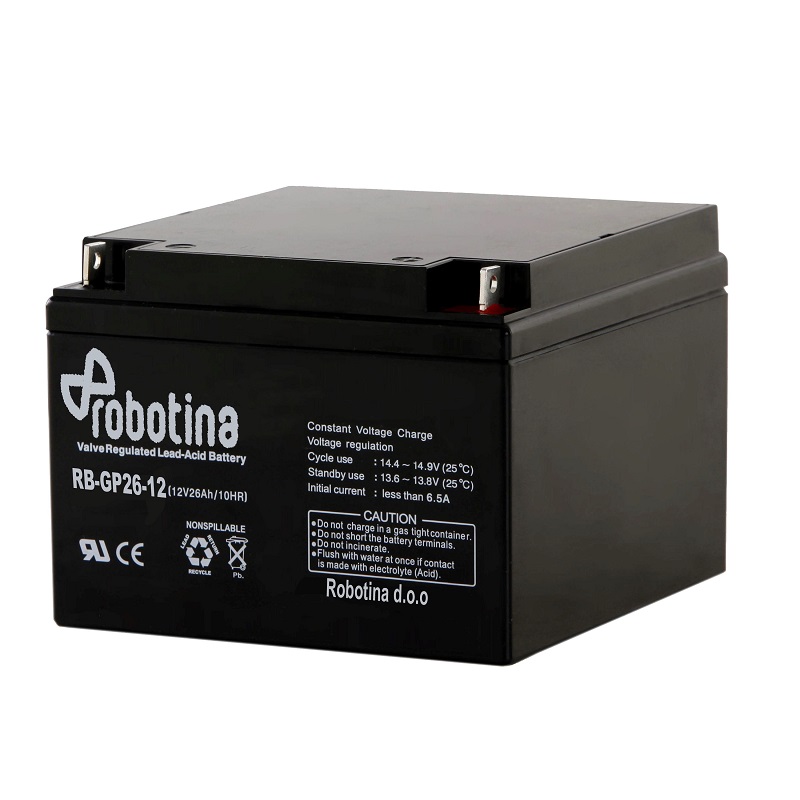
This cookie is set by GDPR Cookie Consent plugin. The cookie is used to store the user consent for the cookies in the category "Other. The cookies is used to store the user consent for the cookies in the category "Necessary". The cookie is set by GDPR cookie consent to record the user consent for the cookies in the category "Functional". The cookie is used to store the user consent for the cookies in the category "Analytics". These cookies ensure basic functionalities and security features of the website, anonymously. Necessary cookies are absolutely essential for the website to function properly. We help enterprises transform compliance programs and human processes into a technology-driven system that lays the foundation for accurate and ongoing environmental compliance through a blended method of intelligent high-tech solutions and high-touch expert support. See our eBook, Lead-Acid Batteries – A Detailed and Interactive Guide Transforming the way enterprises stay in complianceĮncamp is on a mission to create a world where good for business can equal good for the environment. In this situation, the amount of batteries you have on site have exceeded the threshold, and you are indeed required to report the sulfuric acid as an EHS. In this situation, you would take the 26.4 pounds of sulfuric acid and multiply it by the number of batteries you have on site, which is 20.Ģ6.4 pounds of sulfuric acid x 20 batteries = **528 pounds of sulfuric acid**

Let’s say you have 20 of these batteries because you’re using them to power forklifts on site and batteries are routinely on the charging station. Generally, one battery will not push you over the threshold unless it’s very large. The result is 26.4 pounds of sulfuric acid. To calculate the total amount of sulfuric acid in the battery, multiply the weight (60 pounds) by the percentage of sulfuric acid (44%). For this calculation, let’s assume the battery weighs 60 pounds. To calculate whether or not the battery(s) you have on site exceed the TPQ or 500 pounds (whichever is lower), you’ll need the total weight of the battery. Therefore, the lower threshold of 500 pounds should be used. For sulfuric acid, the TPQ listed in Appendix A/B is 1,000 pounds. Primarily, sulfuric acid will be the chemical used to determine if you must report because of the TPQ. Lead and/or lead oxide is not listed as an EHS in Appendix A or B either, and therefore does not need to be aggregated across different sources of lead per EPA’s guidance document. Other components should be reviewed as well however, neither antimony or polypropylene are listed in Appendix A and B, so the general threshold of 10,000 pounds would apply to them if you’re reporting by component (unless your state has specific thresholds). The main components of lead-acid batteries are lead and/or lead oxide and the electrolyte (sulfuric acid and water). Most SDSs will break out the components like this:
#Battery acid how to#
For other hazardous chemicals that require a Safety Data Sheet (SDS), the threshold is 10,000 pounds.īefore we dive into how to report the batteries, let’s take a look at a typical SDS for a lead-acid battery.For EHSs, the TPQ listed in Appendix A and B or 500 pounds, whichever is lower.

Sections 311-312 require any facility with chemicals in quantities that equal or exceed the following thresholds to report lead-acid batteries in these instances: When batteries are on site, and you’ve made the appropriate notification to the SERC and LEPC to satisfy EPCRA Section 302 requirements, the next step is to determine whether you have to report lead-acid batteries (or their components) under EPCRA Sections 311-312 for Hazardous Chemical Inventory Reporting Requirements. EPA considers lead-acid batteries a hazardous chemical and, depending on quantities and thresholds, they can come under the agency’s requirements for chemical inventory reporting.


 0 kommentar(er)
0 kommentar(er)
